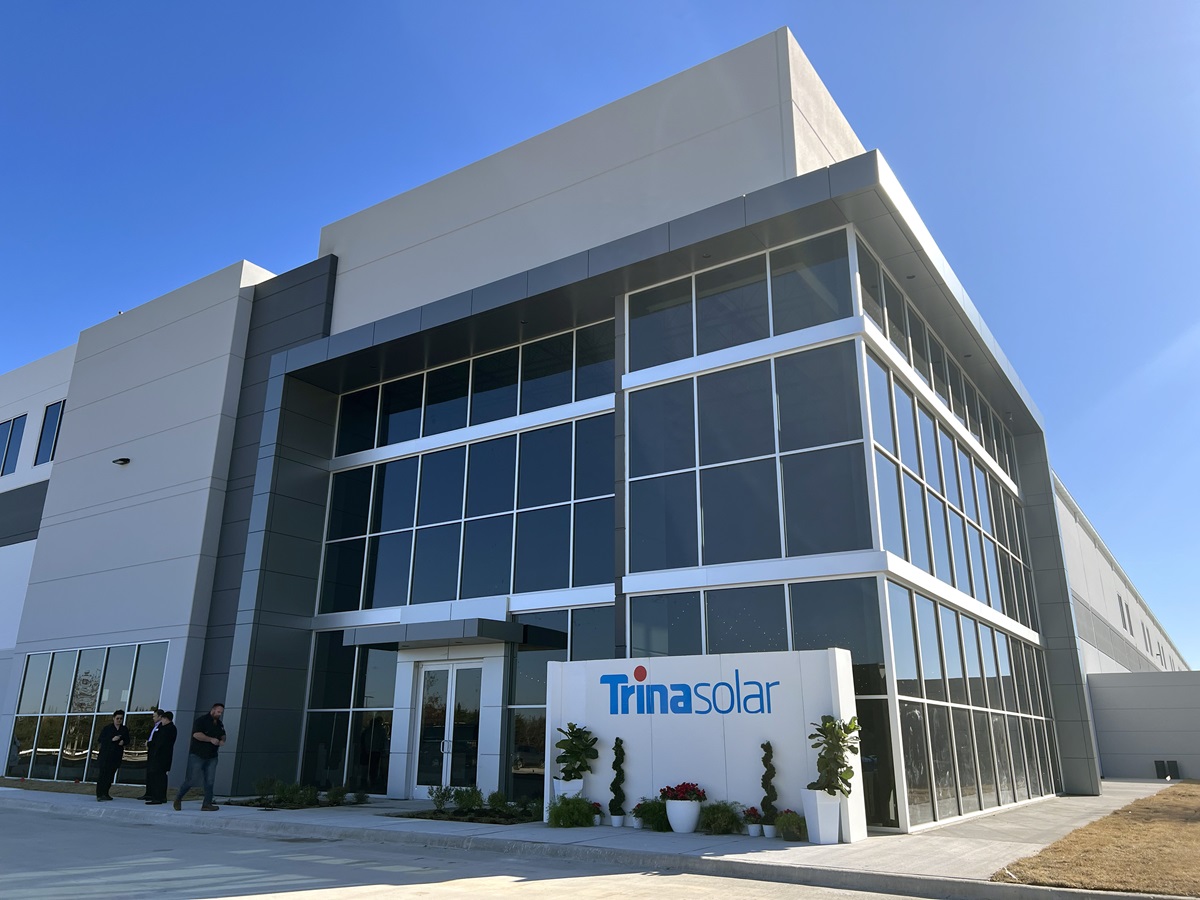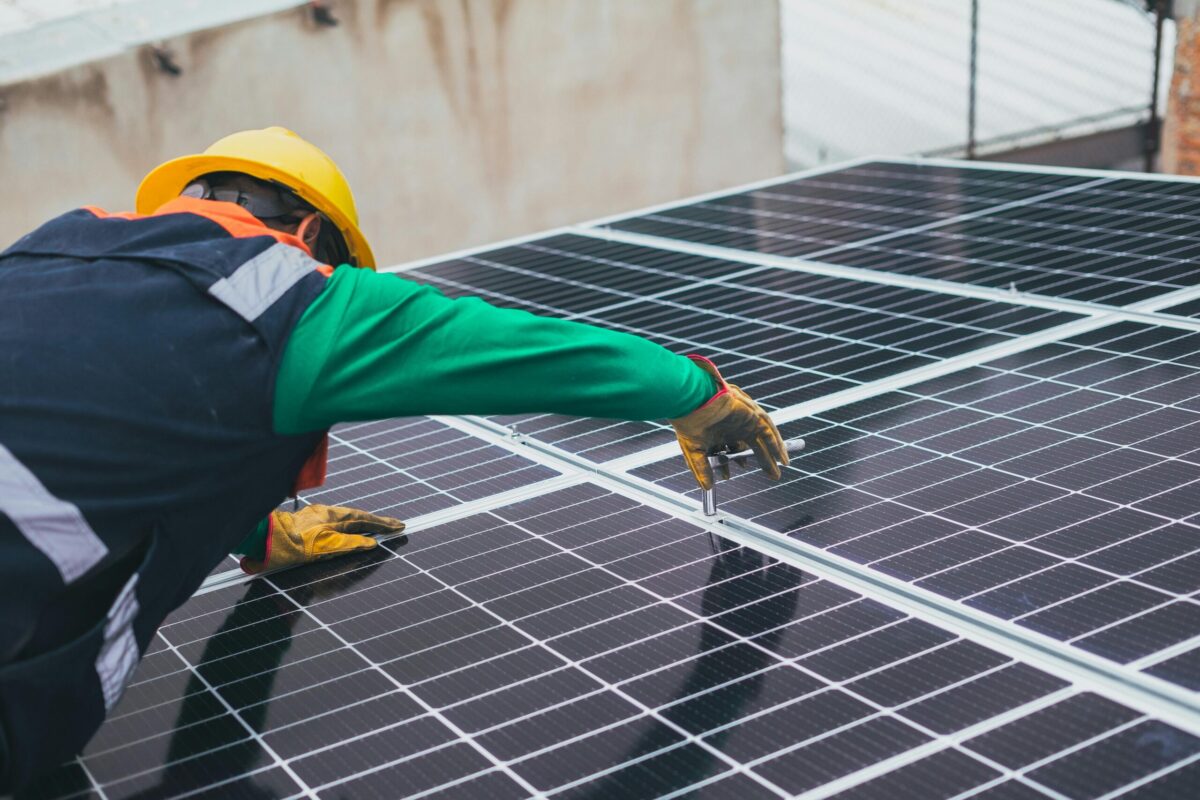Robert Gibbons, Strategic Development Manager at Trina Solar US, entered the world of photovoltaics about three years ago, coming from the oil and gas industry. Fossil fuel projects were becoming less common and a new universe seemed to be opening for renewable energy with the pending Inflation Reduction Act (IRA) Despite its rather misleading name, the IRA is a massive federal support mechanism for renewable energy.
“One of the biggest benefits of the Inflation Reduction Act has been raising the visibility of tax policy on prospective solar projects,” Gibbons told pv magazine USA. “When’s the last time you’ve had a 10 -year time frame where you feel pretty good that these tax credits are going to be there, right?”
The federal solar tax credit of the 2010s, which along with inexpensive China-source PV panels, energized the solar industry in the U.S. With that tax credit set to expire, Congress increased it from 26% to 30% and extended it through 2032.
Gibbons added that the IRA has come along at a time when just putting projects together has become that much more difficult because of a combination of rising interest rates and what he calls the structural constraints of longer interconnection queues. He said his 30 years in financing, mainly of infrastructure projects, a lot of which were for the oil and gas industry, has given him a good understanding of what is needed to move projects forward, especially during difficult economic times.
While critics point to the money being set aside under the IRA as being itself inflationary, Gibbons is more sanguine on the law’s positive effects, which he said helps enable effective and profitable solar projects to get the green light. He pointed out that an important element of the IRA is its provision for the transferability of tax credits.
In the proposal stage, solar projects may seem like a house of cards. A successful project needs a developer to oversee the design, engineering, land acquisition, legal issues and financing. Financers, in particular, want to know there are going to be guaranteed off-takers for the electricity generated. In addition, there has to be a dependable supply chain to equipment manufacturers and possibly resellers. Today, the availability of tax credits can make the difference in whether a proposed solar project is viable or not.
“We do not advise clients on how to manage a project to get the various tax credit adders,” Gibbons said, emphasizing that this was not Trina’s role. “However, with the transferability of tax credits under the IRA, we and our partners can buy these and provide clients with confidence in a project’s economics.”
Recent guidance from the Internal Revenue Service outlines the domestic content credit a clean energy project may receive for incorporating equipment manufactured in the United States. Because of the surge in interest in U.S. manufactured solar modules, Trina Solar US is building a 5 GW capacity solar module manufacturing facility in Wilmer, Texas. Gibbons said Trina moved quickly on the opportunity to develop the facility, which will produce PV components as well as assemble modules from components produced in China.
“We had a lot of interest on behalf of our clients in using modules from that facility,” Gibbons said. “Not only because of domestic content benefits, but wanting to also support the development of solar manufacturing in the U.S.”
As much as Gibbons appreciates the tangible benefits of the IRA and IRS rules to the U.S. solar industry, he is also cognizant that politics cannot be counted on forever to support PV and other renewable energy projects. The recent laws and rules have been key, he asserts, but at some point the industry will have to stand on its own. Yet at the same time, it may be too big to fail.
“The IRA starts to phase out and it’s gone by 2032,” Gibbons said. “At that point, we should have a large, sustainable solar generation and manufacturing industry, right? And if it needs more help after that, what politician is going to want to get in front of that and put an end to it?”
This content is protected by copyright and may not be reused. If you want to cooperate with us and would like to reuse some of our content, please contact: editors@pv-magazine.com.









By submitting this form you agree to pv magazine using your data for the purposes of publishing your comment.
Your personal data will only be disclosed or otherwise transmitted to third parties for the purposes of spam filtering or if this is necessary for technical maintenance of the website. Any other transfer to third parties will not take place unless this is justified on the basis of applicable data protection regulations or if pv magazine is legally obliged to do so.
You may revoke this consent at any time with effect for the future, in which case your personal data will be deleted immediately. Otherwise, your data will be deleted if pv magazine has processed your request or the purpose of data storage is fulfilled.
Further information on data privacy can be found in our Data Protection Policy.